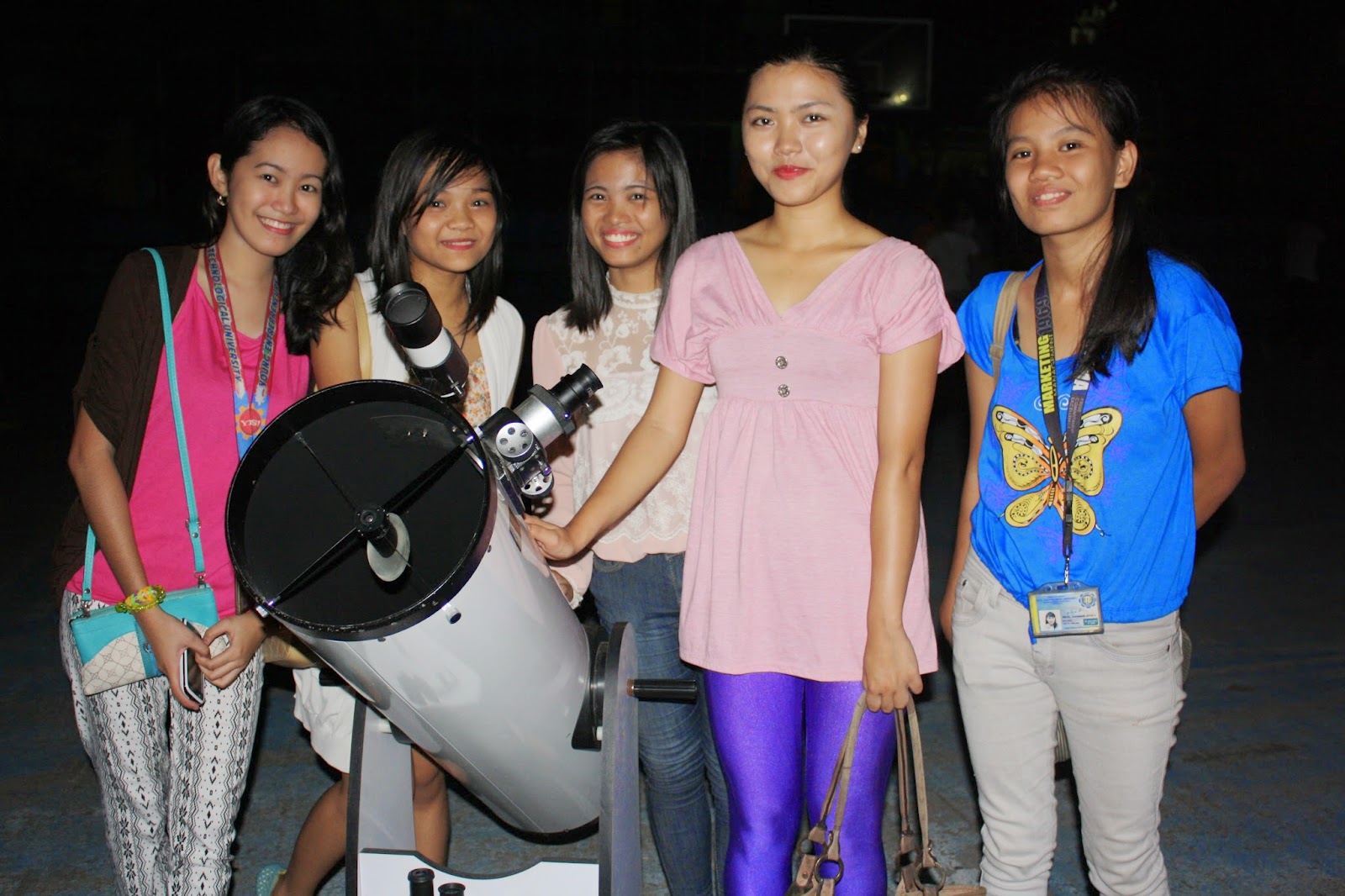Why do the Sun and Moon appear to be the Same Size in the Sky?
The Sun and Moon’s
physical diameters are obviously different from each other, so what
causes them to appear in the same size? It’s their ANGULAR DIAMETER
that’s coincidentally almost the same. The angular diameter or
apparent size of an object is its apparent diameter as seen by an
observer in a specific point. Intuitively, the angular diameter of an
object changes as the observer’s distance changes.
How do we derive the
equation for the angular diameter?
 |
|
Figure 1: Angular Diameter
|
With
θd as
the angular diameter, it’s easy to see that the tangent of the
angular radius (half of the angular diameter) is equal to the actual
radius (D/2) over the distance.
Solving for θd:
Therefore the equation for
the angular diameter is:
Now we can use this to calculate for
the angular diameters of the Sun and Moon.
Note that the distances used were the average distance, since orbits are elliptical. The Sun’s corona is excluded in the diameter.
Note that the distances used were the average distance, since orbits are elliptical. The Sun’s corona is excluded in the diameter.
For the Sun: For the Moon:
D = 1 392 684 km D = 3474 km
l = 1.496 x 108 km l = 384 405 km
D = 1 392 684 km D = 3474 km
l = 1.496 x 108 km l = 384 405 km
As we can see, their angular diameters
are nearly the same with the moon being a little bit smaller, that’s
why when perfectly in line during a solar eclipse in a given
position, an annular or total eclipse could be seen; annular when the
moon is a little bit farther and a total eclipse when the moon’s
distance is enough to make its angular diameter equal or a little
greater than the Sun’s.
 |
|
http://www.mreclipse.com/SEphoto/TSE2006/image/T06-cmp105cx.JPG
|
BS-Astronomy Student











